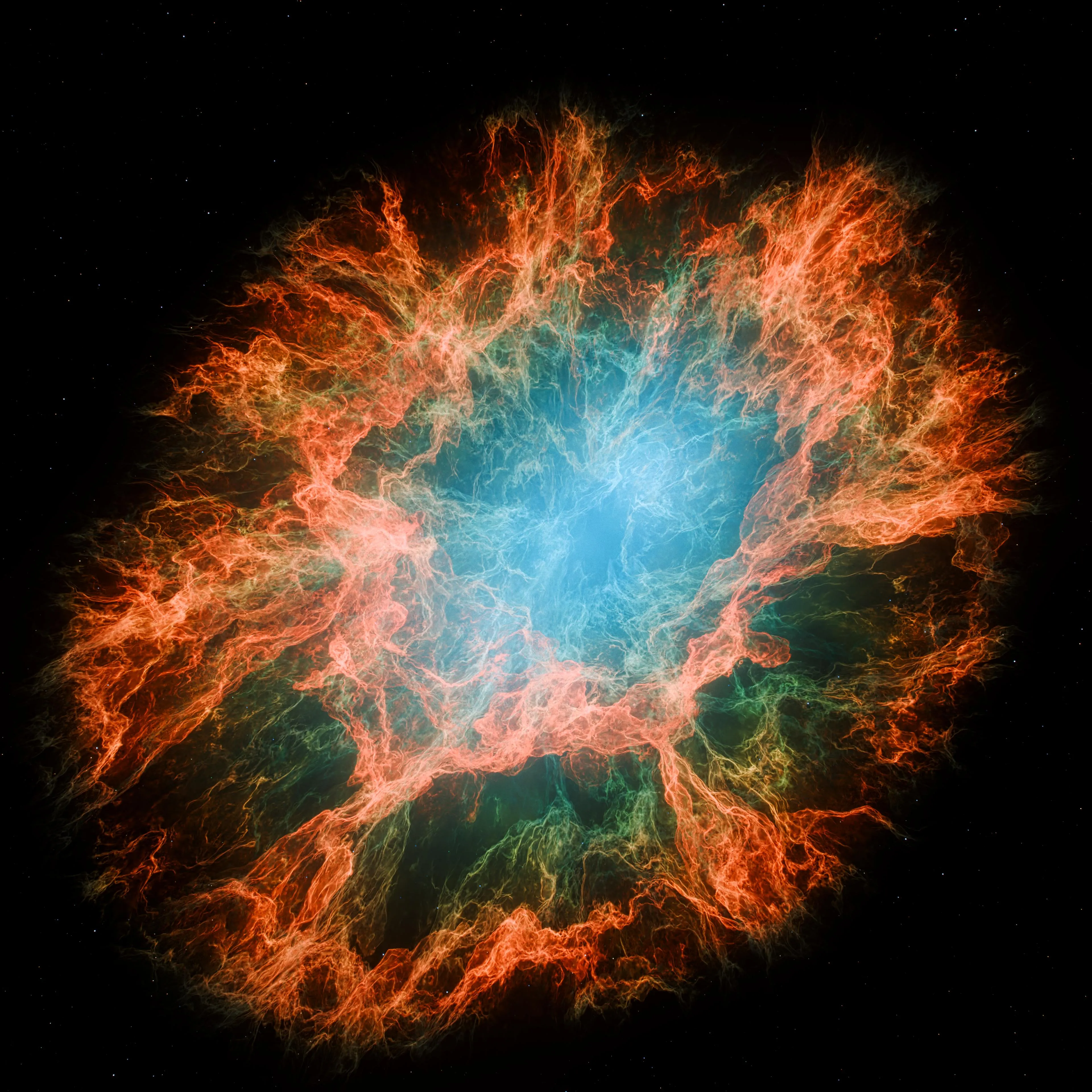Procedural Artistry: Recreating the Crab Nebula in Blender
The Crab Nebula, a breathtaking supernova remnant located in the constellation Taurus, is a celestial marvel. Born from a massive star's explosive demise observed by Chinese astronomers in 1054 AD, it continues to expand and glow with intricate filaments of gas and dust. Capturing its ethereal beauty is a challenge even for the most powerful telescopes, but what if we could recreate it digitally, piece by piece, using the power of algorithms?
Recently, an ambitious project aimed to do just that: procedurally recreate the Crab Nebula in Blender, a popular 3D creation suite. The result is a testament to the fusion of astronomical inspiration and advanced digital artistry.
The Magic of Procedural Generation
For those unfamiliar with the term, "procedural generation" in this context means creating complex patterns and textures not by hand-drawing them, but by using mathematical algorithms. In the case of the Crab Nebula recreation, this involved sophisticated noise functions, such as Perlin or Worley noise, to mimic the chaotic yet organized structures seen in real nebulae.
This isn't a simple task. Developing such a complex shader, capable of generating these organic, swirling patterns, requires significant time, expertise, and a deep understanding of 3D graphics and material nodes. It's a true labor of love that combines artistic vision with technical prowess.
Bringing the Nebula to Life Digitally
The final render truly captures the essence of the Crab Nebula, showcasing its wispy tendrils and glowing core.

One of the most impressive aspects of this project is its inherent 3D nature. Unlike a static 2D image, a procedural 3D model allows for dynamic perspectives. A demonstration from the Blender viewport revealed its true dimensionality, showcasing how angles can shift and reveal new aspects of the digital nebula, much like a real cosmic cloud would appear different from various vantage points. You can witness this dynamic perspective here.
This project not only highlights the incredible capabilities of software like Blender but also the dedication required to push the boundaries of digital art and scientific visualization. It bridges the gap between observational astronomy and creative expression, allowing us to interact with cosmic phenomena in entirely new ways. As technology advances, we can look forward to even more stunning and immersive recreations of the universe around us.




